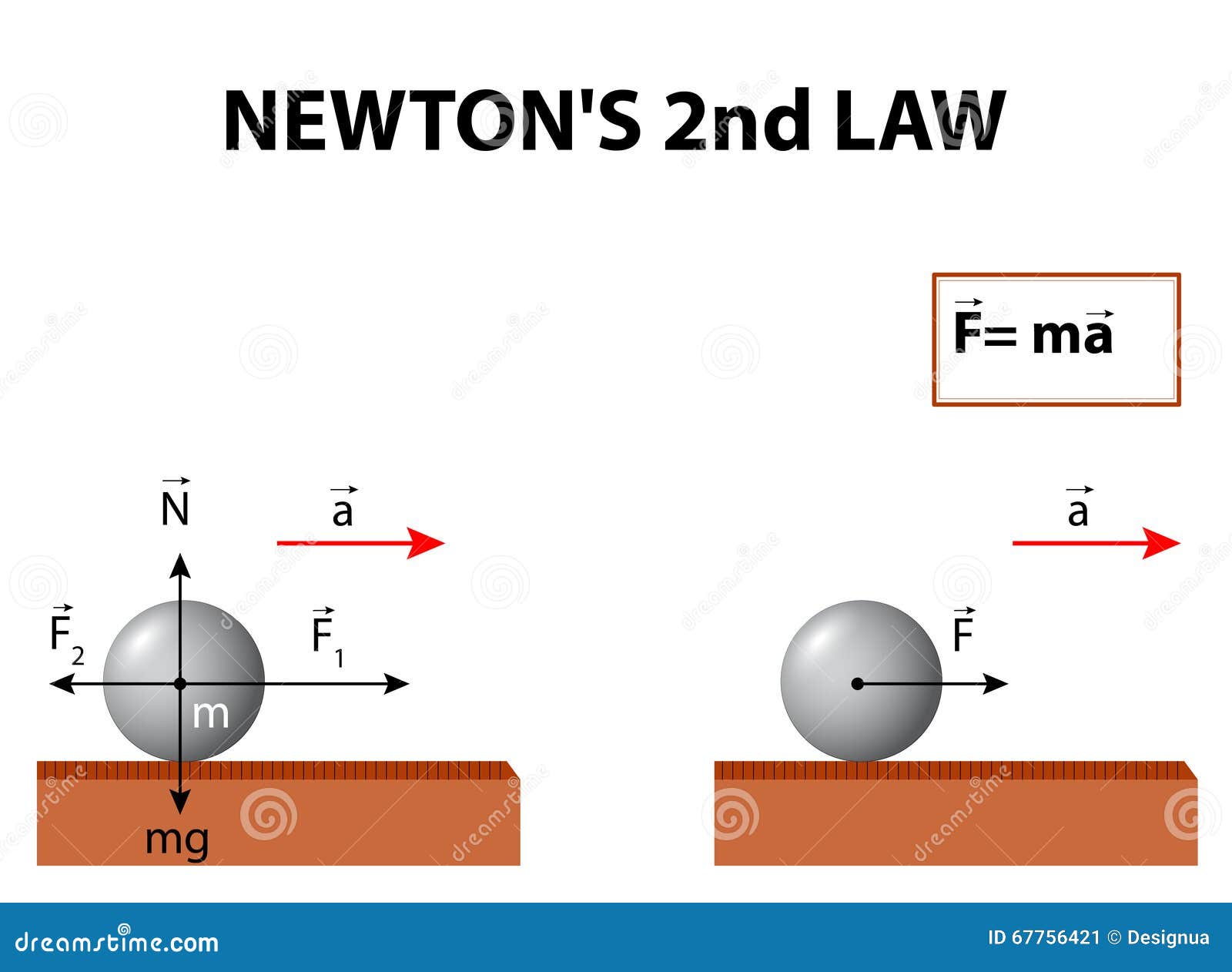Introduction
I am planning on teaching secondary physical/general science starting the next school year 2018. I prefer to teach high school so in this blog I am focusing on the teaching standard, HS-PS2-1, from the High School Forces and Interactions standards by the Nevada State Academic Content Standards for Science. I chose this standard because Backwards mapping starts off with the goal or end result in my mind then to determine how the teacher will know that students are meeting the standard and then lastly to determine what types of activities and learning opportunities to learn the standard.
HS-PS2-1. Analyze data to support the claim that Newton’s second law of motion describes the mathematical relationship among the net force on a macroscopic object, its mass, and its acceleration. |
Proficiencies that students should achieve with the standard:

- Students learn the law states that F (force)= m (mass) x a (acceleration)
- Students learn the physical quantities depends on units for 3 basic measurable quantities - distance (m), mass (kg), time (s).
- Students are able to solve a word problem or table chart which requires the student to make the equation and solve the problem or missing information.
- Homework: Students will be given homework assignments on the content that was just learned that day in class with equations and scenarios based on the law. The teacher can assess which students need more assistance based off the homework and which questions students struggle with more than others if applicable.
- Quizzes: In class quizzes will be given. These quizzes are short and anywhere from 3-5 questions. These questions are simple and only to test the knowledge to see if students were paying attention during the lesson and distinguish where students need more clarity.
- Written Assessment: Students will have simple questions such as: "What is force?" or "What is the difference between acceleration and speed?" These questions should be explained in full detail for full credit. This gives the student an opportunity to grasp the knowledge of Newton's second law of motion from not only a mathematical and equations stand point but also to understand the content of the material.
Learning experiences/activities to help students:
- 1st assignment: converting quantities for each measurable quantity. This is the basis for being able to solve any equation. For example the standard is kg for mass but you may be given the quantity in grams. This would require conversion to kg to solve the problem.
- 2nd assignment: give students scenarios to solve for force, mass, and acceleration. For example acceleration is the unit to solve for. Another equation will have the student solve for force and then another equation to solve for mass. This ensures that students are able to solve the equation from all different angles.
- Speed of the car project: This project will teach the students how mass and acceleration go hand in hand. In Newton's second law it states force = mass x acceleration. The students will take a toy car (students will note the mass of the car) and using different ramp heights. The mass of the car will keep changing as well as the distance traveled and height of the ramp. This project will give students a visual of the equation while they solve it.
- Group Project: Students try to build a car that will have the greatest acceleration. All students are given the same amount of materials and they will have to use all of the materials. They must decide how heavy they want their car to be and the force that is needed for the greatest acceleration.


Comments
Post a Comment